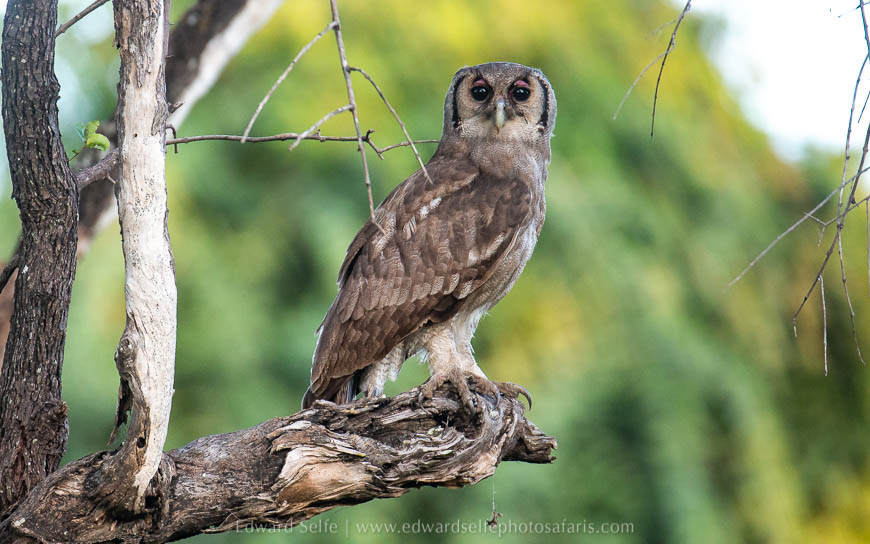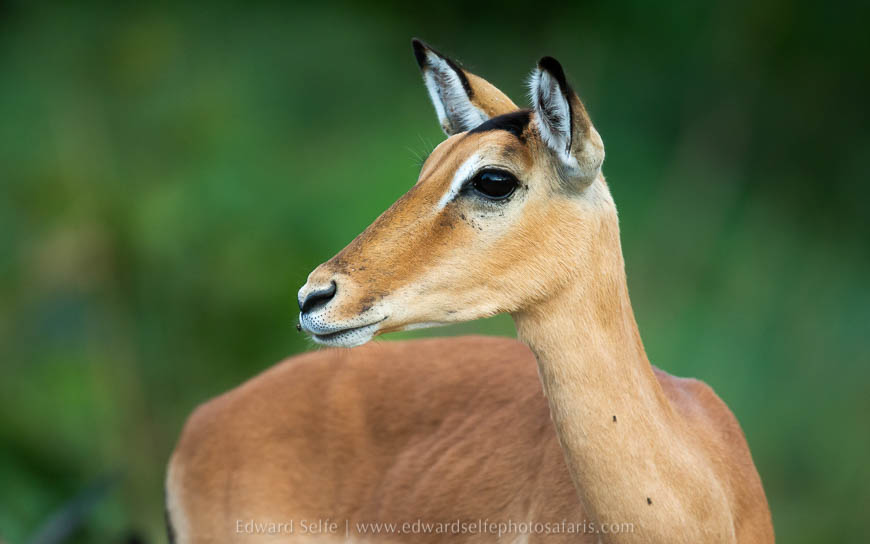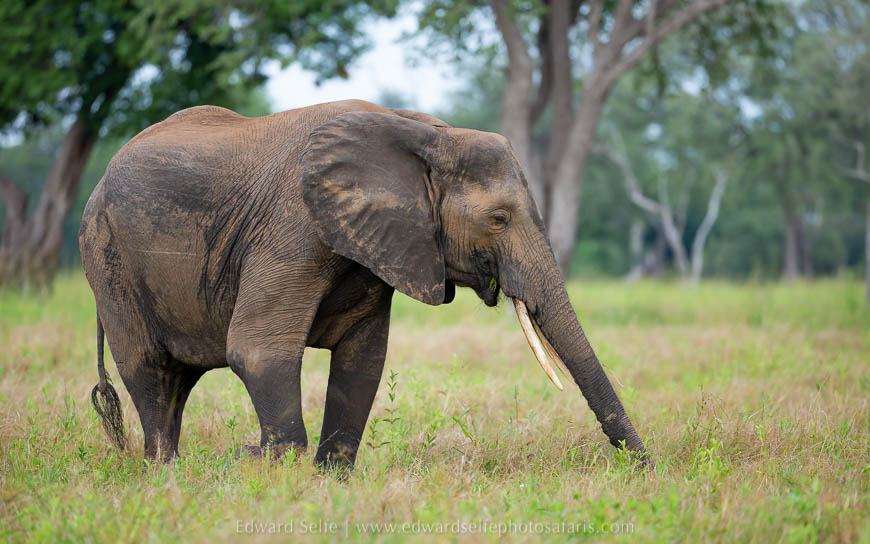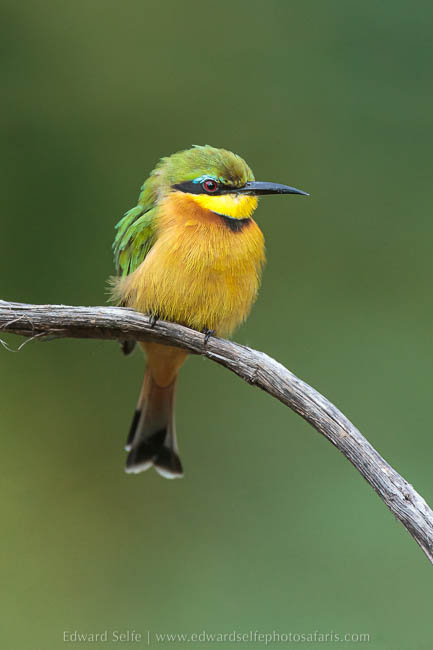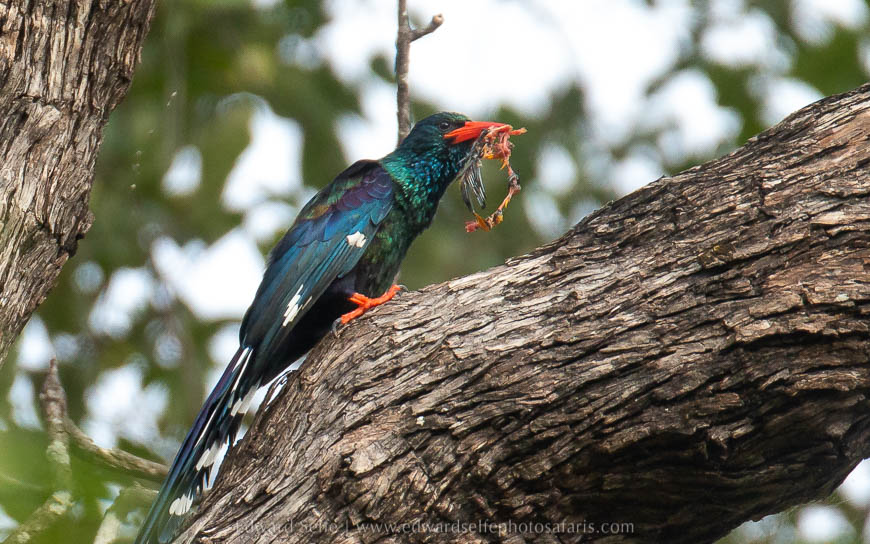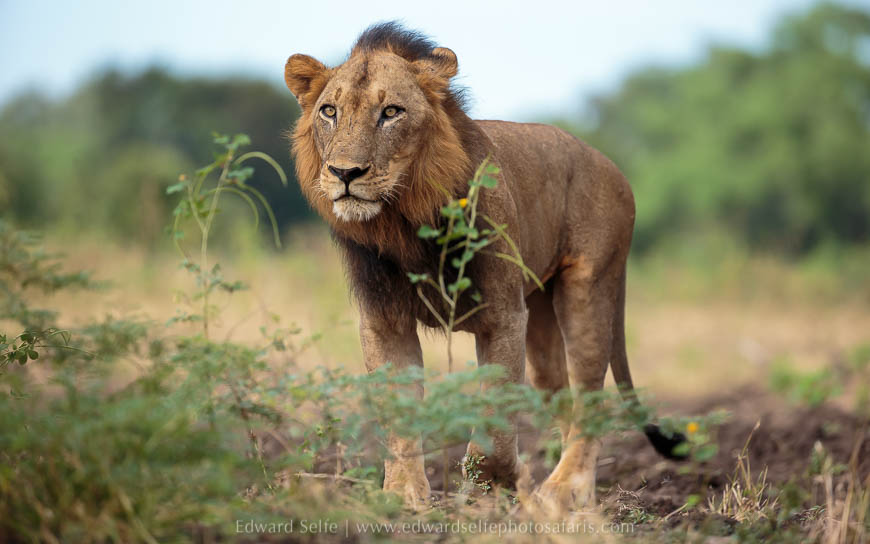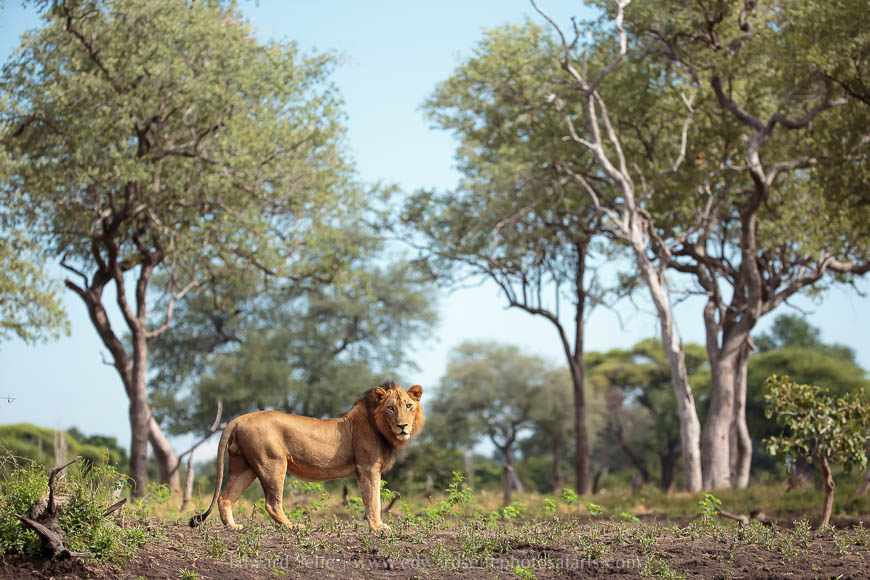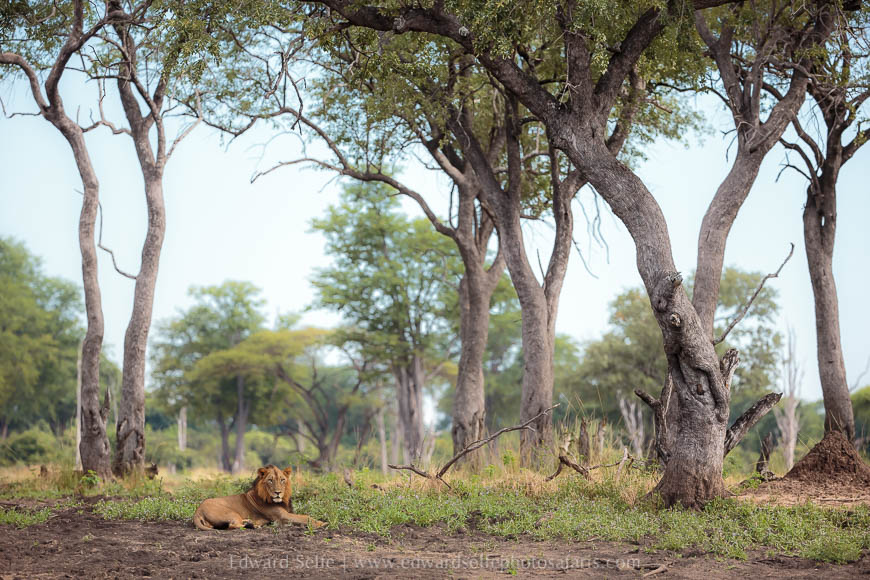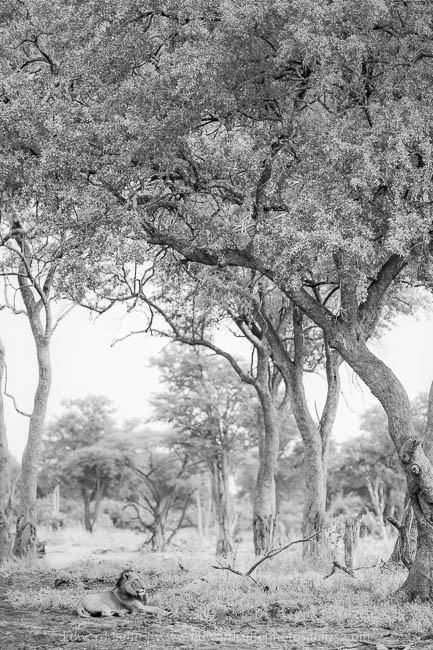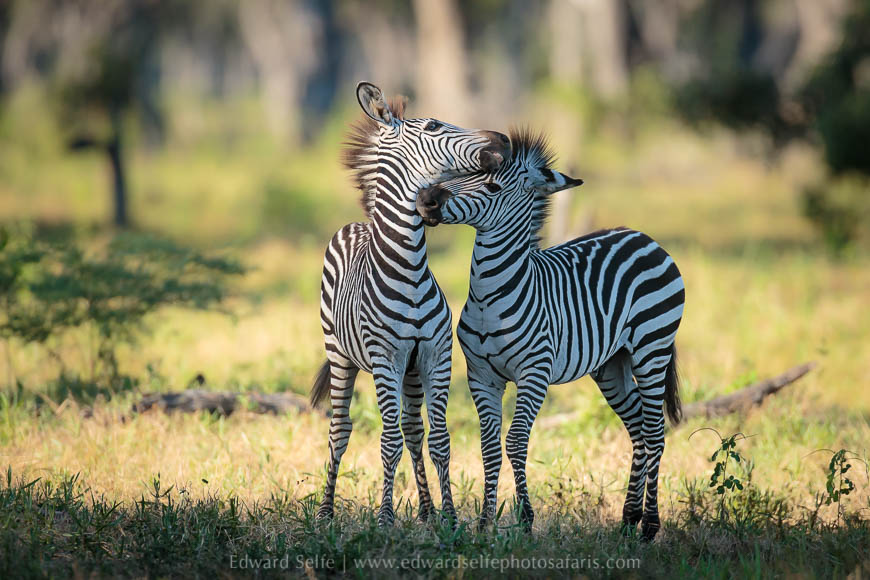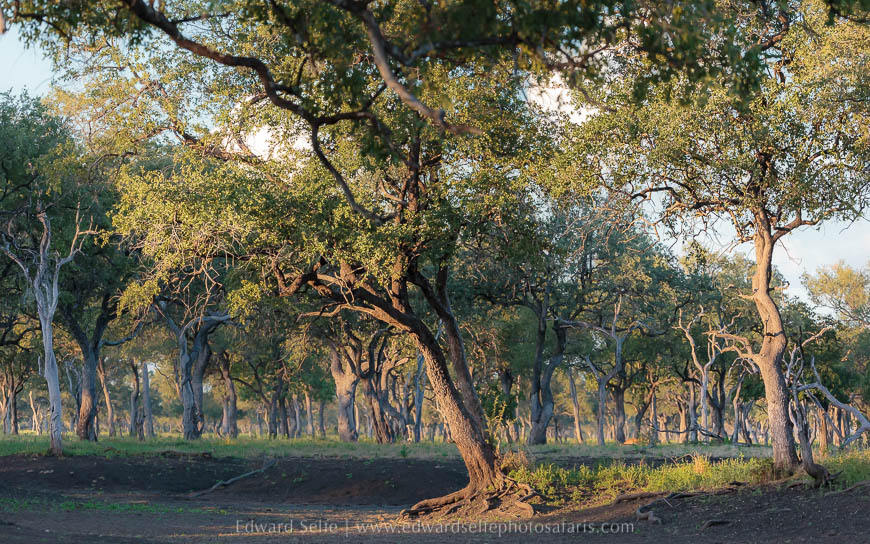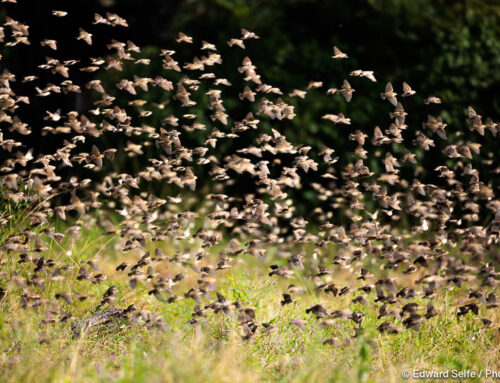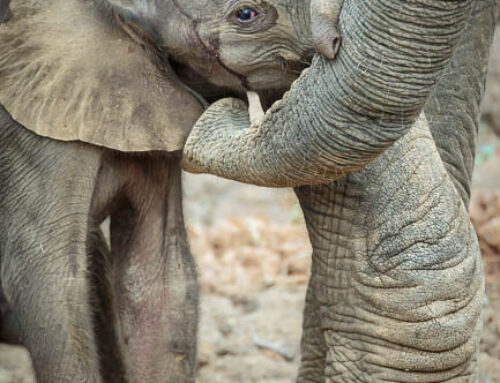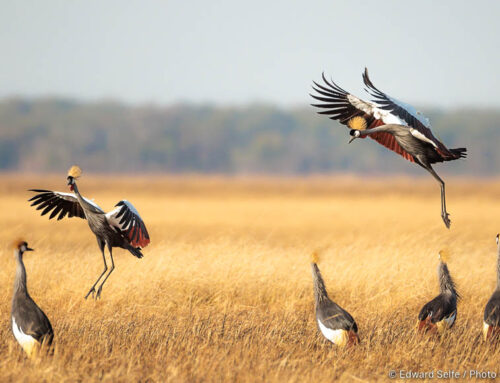Greetings from the South Luangwa. I hope you are all safe, keeping healthy and surviving whatever form of social isolation is being enforced. We are voluntarily self-isolating but have the extraordinary luxury of being able to continue accessing the National Park. Being just 3 minutes from our house, and requiring no contact with other people to go in, it is not a privilege that we take for granted; we know that we are extremely lucky to have this outdoor space. Inside the park, there are no rest-stops, picnic sites or areas where we might leave or pick up the virus, so it is like going for a walk from our house, which people all around the world are doing if they are fortunate to have that option.
I spent less time in the National Park this week, and the time that I did spend was often birding with my binoculars rather than shooting with my camera. Nevertheless, there were some lovely sightings and the light is softening as we approach the start of the dry season. It makes me sad to think that I should have been starting my first Luangwa trip of the year in just a week’s time…it’s beautiful in the Valley right now and visitors should be here to see it. To Christine, Andre, Jenny and Ken, I am very sorry that things did not work out the way we wanted, but I look forward to seeing you in a year’s time.
So, with captions to explain, here are this week’s sightings:

Early one morning, I was following baboon alarm calls that were leading me to a leopard. The calls went quiet and I searched for the smaller signs that might tell me where the leopard had hidden. Panicked calls from little birds gave me hope, but it turned out to be this large Verreaux’s Owl that was disturbing them, not the leopard!
The impala rut is just beginning so all impalas are on high alert; the males are watchful of other males who would challenge their territorial claim; and the females are wary of the males who take every opportunity to chase them and show off their prowess!
At no time in the year are elephants happier than at the end of the rains. They have had months of good forage and the rich Lupunga grass is now ripening, giving them excellent protein. It must be wonderful for them to have so much food to choose from!
One cloudy morning, I sat for an hour near a small flock of little bee-eaters which were hawking for insects nearby. Eventually, they came closer and closer and one rested on a branch near the car.
Seasoned guides get used to assessing automatically whether alarm calls from birds, squirrels and larger mammals are “normal life” or something more serious. The same cloudy morning, a terrible scuffle led me to a flock of green wood hoopoes which were fighting over something in the tall trees. I watched with binoculars and quickly resolved the carcass of a bird which was being shredded by the flock. I shifted the car to get a better view for photos but they flew off. By the time I caught up with them, there was little left of the bird. This was a first for me as wood hoopoes are not recorded eating birds, though they do eat a wide variety of other food sources including lizards, centipedes and insects.
Late one morning, we came across one of the 3 territorial males in the central area (labelled the 3 Musketeers). He seemed alert and watchful and we thought he was hunting. In fact, he was looking for the rest of the pride….we quickly found them and watched as the 8 reunited. There were photo opportunities only of the male sadly.


Wonderful forestry behind the King of his patch.
In the rich, warm and bright light of a late afternoon in the Emerald Season, a couple of zebra foals played while the adults fed nearby.
Soft side-light in the leadwood forests….where we sat for the afternoon waiting for the lions to move…which they didn’t! Some things on safari don’t change!More next week, and other updates in the meantime. And I will be in touch with all my 2020 guests in the coming days with next steps for our safari trips.
